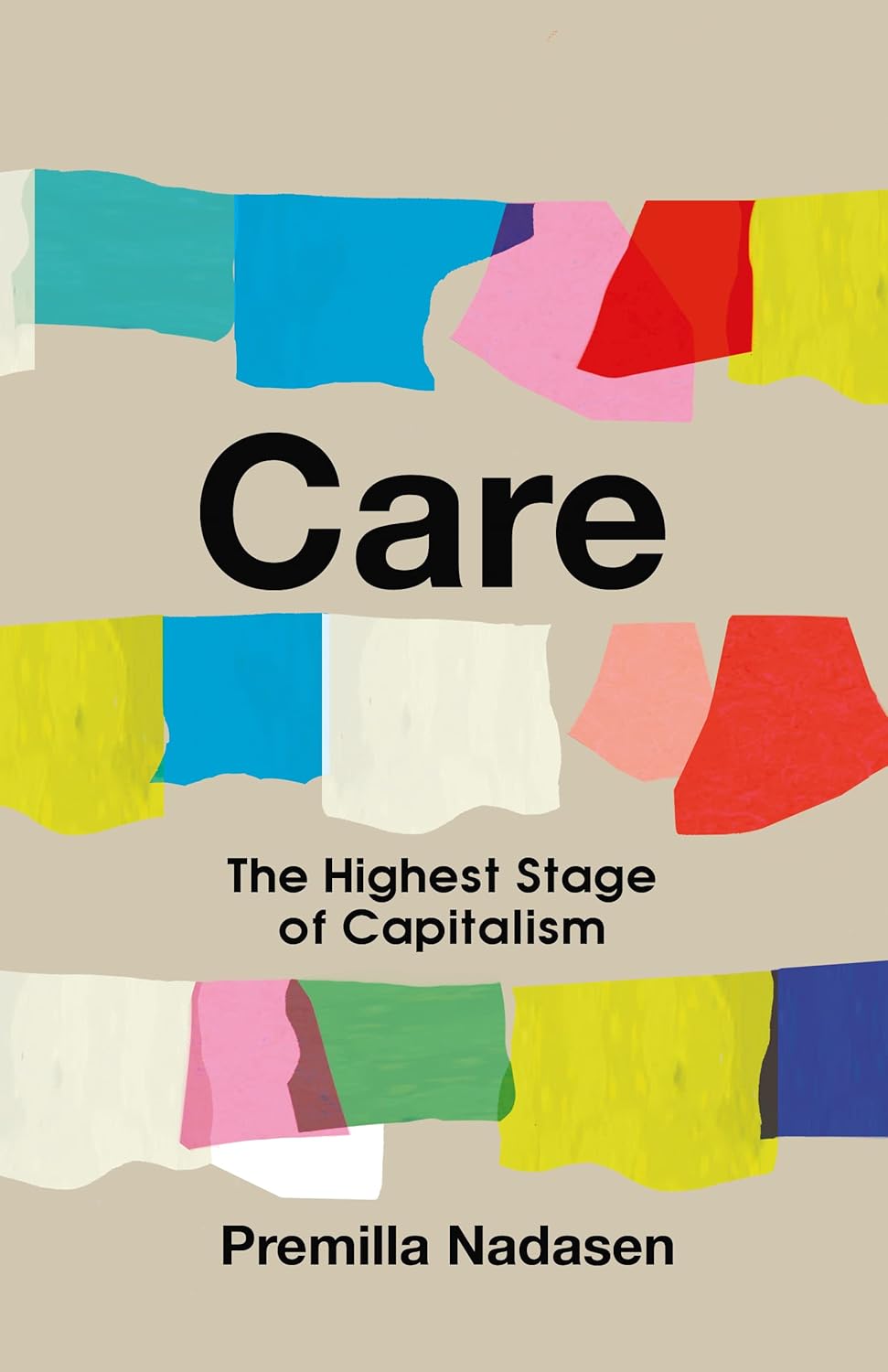Before the postwar steel boom, men earned less, more women had gone out to work, and families had lived in intergenerational configurations. As men came to earn more, families fragmented into individual, picket-fenced houses, and women were drawn back into the home. Winant features the voices of the children who grew up in this era. They remember speaking in whispers, tiptoeing around resting fathers, keeping arguments out of sight of watchful grandparents. The muted world of women and children grew louder when the slow rumble and warning whistles of the factory stopped. When a major strike stopped production and pay for months in 1959, older pre-war patterns of community and economy briefly returned. Women took in mending and shared canned foods saved from times of plenty. Their thrift and solidarity enabled men to fight for better pay and, vitally, better benefits. Factory workers won wages paid by steel, but benefits were paid in part by a state keen to keep the chimneys smoking.
In other words, the Fordist family wasn’t just created by factories and the family wage but by the social security that workers were afforded by the state in times of hardship. A level of protection against illness and unemployment, at least in the short term, drew women into the home. They didn’t need to work when times were good and had a buffer against the bad. But at home, they were not idle; in postwar white, working-class families, women took on an ever-greater share of caring labor, with standards of housework rising alongside the arrival of washing machines and vacuum cleaners. Gender roles became even more rigid. Meanwhile, families became less porous, turning first to the state in times of hardship rather than to kin.
Winant reveals a double irony. Thanks to the social norms it promoted—and the self-sacrificing, caring women it relied on—this kind of ruggedly individualist family was poised to endure the eventual rollback of the state that had enabled its creation. When the state stepped back, women were primed to step in. In other words, the degree of social democracy achieved in the postwar era, especially for white families, effectively greased the wheels for the state’s later retrenchment and turn to austerity. In principle, the collective action of unionized workers—made possible by the unpaid solidarity of women—might have won lasting improvements to pay and welfare entitlements. Instead, these things deepened the dependence of families on themselves and women on their husbands, leaving them more isolated and less collectively organized.
And then the factories began to close. The economic shocks of the 1970s demanded radical solutions, and neoliberal economists, who had been waiting in the wings with their big idea since the 1940s, were invited to experiment. Unions came under attack. State services—the kind that Wages for Housework imagined might be expanded toward a feminist utopia—were cut back. Reagan cut welfare budgets by around $20 billion in 1981–82, including reducing the value of food stamps, cutting free school meals for over a million children, reducing the value of AFDC and allowing states to tie its benefits to “workfare” schemes. These changes were formalized under Clinton, who in 1996 changed AFDC to Temporary Assistance to Needy Families (TANF), writing in the requirement to seek work or work, and the time limited nature of the assistance.


